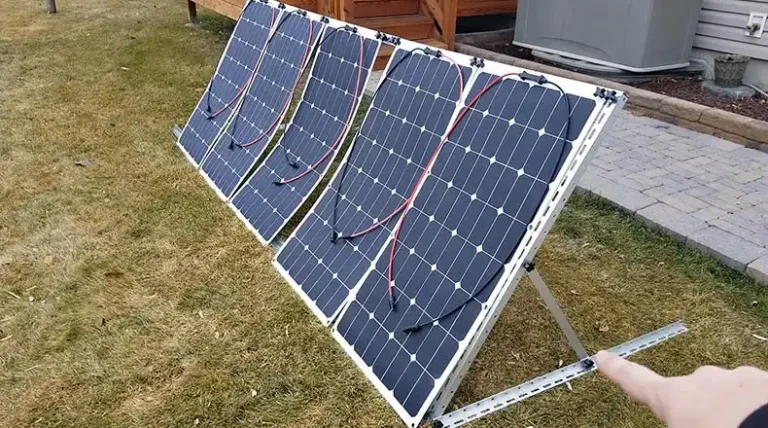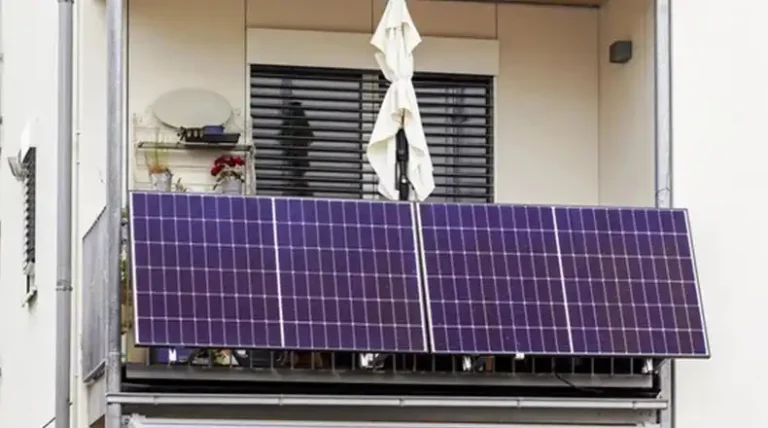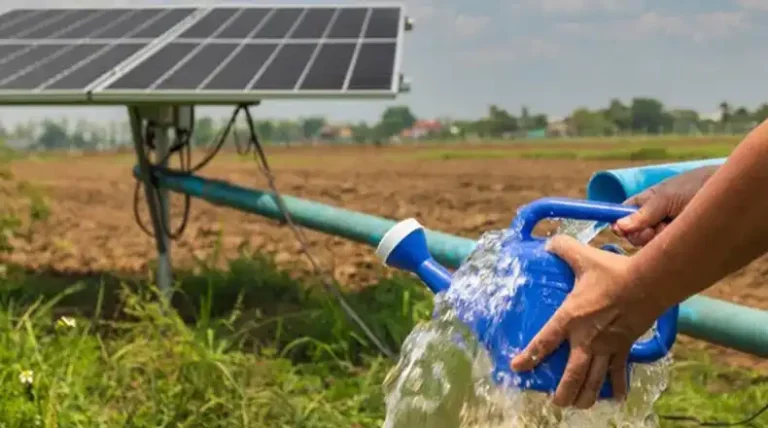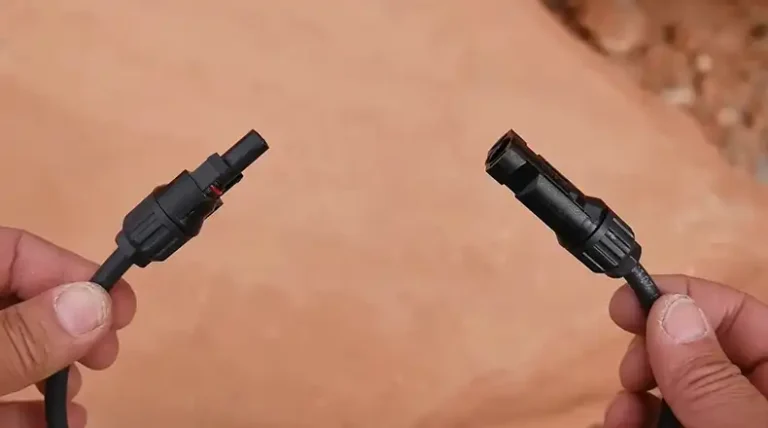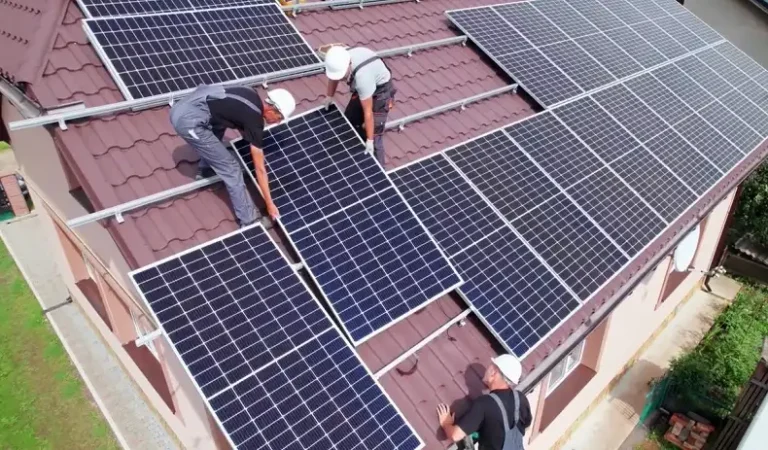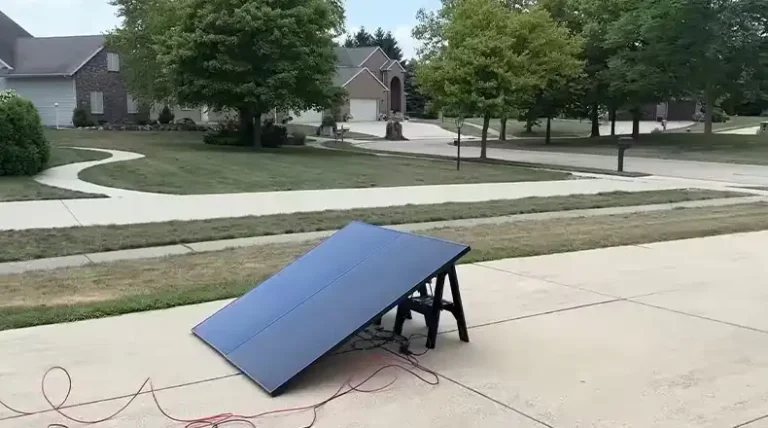How To Repair Cracks In Solar Panels?
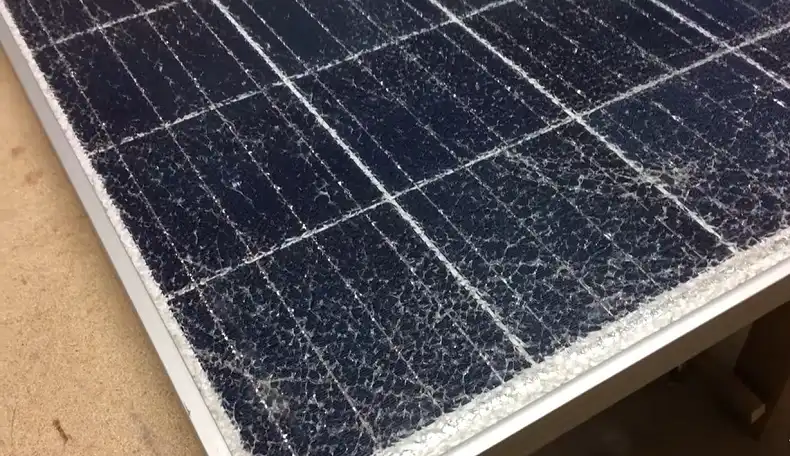
Cracked solar panels can be a significant concern for solar system owners. While not a common problem, it’s one that may arise over time due to various factors such as thermal cycling, weather conditions, or improper handling.
This article will guide you through the process of repairing cracked solar panels, focusing on two primary methods: covering the panel with laminating film and applying polyurethane.
We’ll explore the causes of cracked panels, why repair is crucial, and provide step-by-step instructions for each repair method. By understanding these techniques, you can potentially save money on replacements and extend the life of your solar panels.
However, it’s important to note that these methods are most effective for minor cracks, and extensive damage may require professional assessment or panel replacement.
Is There a Way to Fix a Cracked Solar Panel?
When faced with a cracked solar panel, many homeowners wonder if there’s a way to fix it without resorting to a costly replacement.
The good news is that for minor cracks, there are indeed repair options that can help extend the life of your solar panel and maintain its efficiency.
Two common DIY methods for repairing cracked solar panels are covering the panel with a laminating film and applying polyurethane.
The laminating film method involves spreading a transparent, waterproof film over the cracked panel and using a heat gun to fuse it to the surface.
This creates a protective barrier that prevents moisture ingress and holds any loose glass pieces in place.
The polyurethane method, on the other hand, involves applying a layer of quick-drying, weatherproof polyurethane over the panel surface. This liquid adhesive seeps into the cracks, sealing them off and fusing the cracked glass together.
While these methods can be effective for minor cracks, it’s important to note that they are not miracle solutions.
For panels with extensive damage or where glass pieces have already started to flake off, these repair methods may have limited effectiveness.
In such cases, or if you’re unsure about the extent of the damage, it’s best to consult with a professional solar installer who can assess the situation and recommend the most appropriate course of action, which may include panel replacement.
Common Causes of Cracked Solar Panels
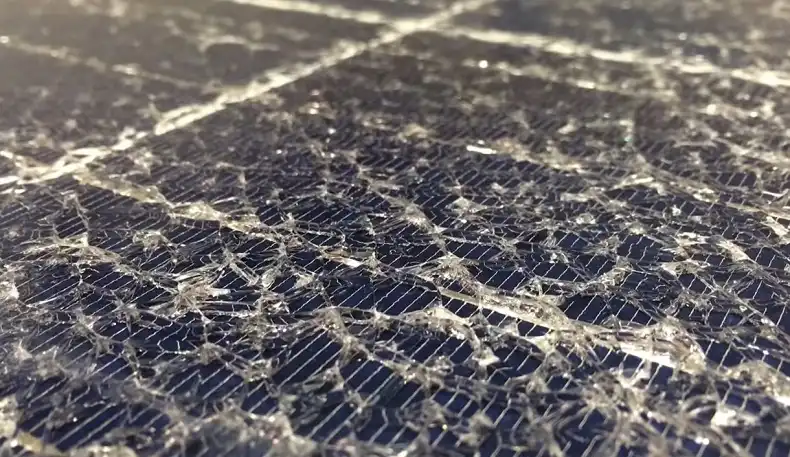
Before we dive into repair methods, it’s important to understand what causes solar panels to crack in the first place. This knowledge can help you prevent future damage and extend the life of your solar system.
Thermal Cycling
One of the most common factors responsible for cracked solar panels is thermal cycling. Throughout the day, solar panels heat up and cool down, causing the materials to expand and contract. This repeated process can induce micro-cracks in the glass layer, which may eventually grow into larger fractures.
Dynamic Or Cyclic Pressure Loads
High winds and stormy weather can exert pressure on your solar panels, causing them to twist or bend slightly. These forces induce mechanical stresses within the glass layer, potentially leading to cracks.
Hail Storms
While solar panels are designed to withstand various weather conditions, repeated impacts from hailstones can gradually weaken the glass surface and eventually cause cracks.
Improper Transportation And Handling
Mishandling during transportation or installation can lead to panel damage. Dropping or bumping panels, or allowing them to shift during transit, can result in cracks or other structural damage.
Installation On Non-Planar Surfaces
Installing solar panels on uneven surfaces can create stress points, leading to bending or twisting of the panels. This constant stress can encourage the formation of cracks over time.
Manufacturing Faults
In some cases, panels may have micro-cracks or other defects from the manufacturing process. These pre-existing issues can worsen over time due to environmental factors.
Why Repairing Cracked Solar Panels is Important
Addressing cracked solar panels promptly is crucial for maintaining the efficiency and longevity of your solar system. Here’s why:
Compromised Water And Moisture Resistance
The primary function of a solar panel’s glass layer is to protect the internal components from environmental factors.
When cracks form, they can allow moisture to seep into the panel. This can lead to short circuits, damage to internal components, and even pose safety risks such as electrical fires or electrocution hazards.
Glass Surface Flaking Off
As cracks worsen, pieces of the glass surface may begin to flake off. This exposes the internal components to direct environmental threats, significantly reducing the panel’s lifespan and efficiency.
Methods to Repair Cracked Solar Panels
Now that we understand the importance of addressing cracked panels, let’s explore two effective repair methods:
Method 1: Covering The Panel With Laminating Film
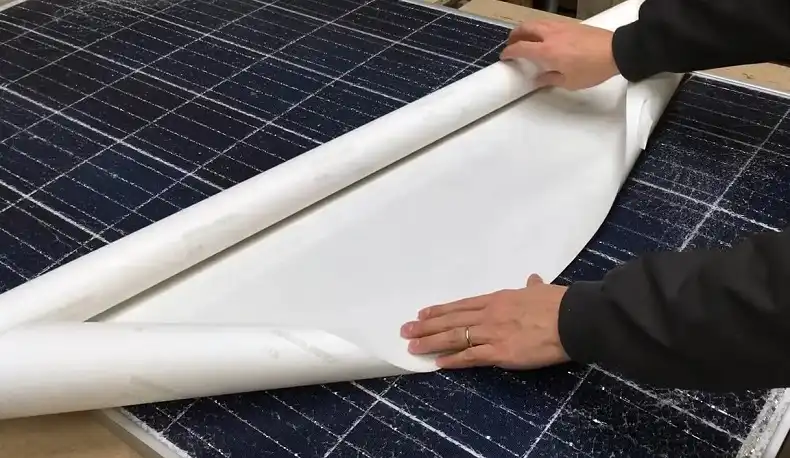
This method is simple, affordable, and can be quite effective for minor cracks.
Materials needed:
- Transparent laminating film
- Heat gun
- Squeegee or squiggle tool
Step-by-step process:
- Spread the laminating film over the cracked solar panel.
- Use the squeegee to uniformly spread the film, removing any bubbles or folds between the panel surface and the film.
- Use the heat gun to fuse the laminate film to the panel surface.
This method creates a waterproof barrier that prevents moisture ingress and holds glass pieces together, preventing further flaking.
Method 2: Applying Polyurethane
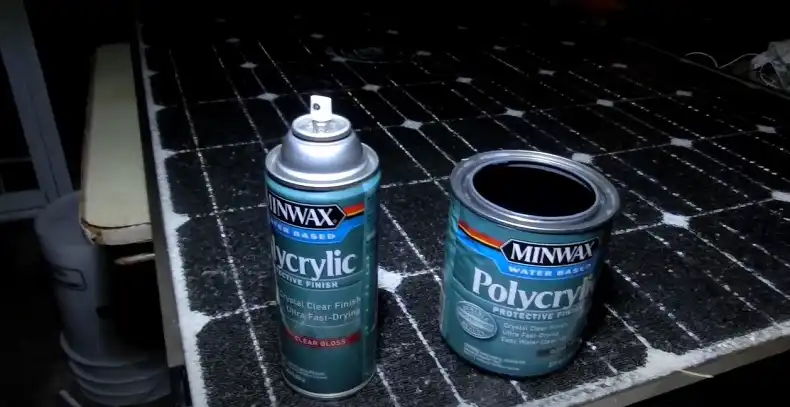
Another effective and low-cost solution for repairing cracked solar panels involves using polyurethane.
Materials needed:
- Quick-drying polyurethane (ensure it’s water and weatherproof)
- Mixing container
- Squeegee or scraper
Step-by-step process:
- Level out the panel using a spirit level to ensure even application.
- Clean the panel thoroughly.
- Mix the polyurethane according to the manufacturer’s instructions.
- Pour most of the polyurethane over the panel, reserving a small amount.
- Use the squeegee or scraper to spread the polyurethane evenly across the panel surface.
- Wait a few minutes for the polyurethane to seep into the cracks.
- Use the remaining polyurethane to top up any low spots.
- Allow the panel to dry completely.
- Apply additional layers if necessary.
This method seals cracks, prevents moisture ingress, and helps hold the glass together.
Effectiveness of Repair Methods
The effectiveness of these repair methods depends largely on the extent of the damage:
For Minor Cracks
Both the laminating film and polyurethane methods can be highly effective for panels with minor cracks. They can successfully prevent moisture penetration and stop glass from flaking off, potentially extending the panel’s lifespan significantly.
For Extensive Damage
If your solar panels have extensive cracking or if glass pieces have already started to flake off, these repair methods may have limited effectiveness. While they can still provide some protection, they won’t restore the panel to its original condition or prevent further degradation of efficiency.
When to Consider Replacement Instead of Repair
In some cases, replacement may be a better option than repair:
- If the cracks are extensive and cover a large portion of the panel
- If the panel’s efficiency has already significantly decreased
- If the internal components have been damaged by moisture or other factors
- If the cost of repair approaches the cost of a new panel
Remember, while replacing just the glass layer is theoretically possible, it’s often more economical to replace the entire panel due to the complexity and cost of glass replacement.
Conclusion
Cracked solar panels can significantly impact the performance and lifespan of your solar system, as well as pose potential safety risks.
The repair methods outlined in this article – using laminating film or applying polyurethane – can be effective solutions for minor cracks, helping to prevent moisture ingress and further damage.
However, it’s important to remember that these are DIY solutions best suited for minor damage. For extensive cracks or if you’re unsure about the extent of the damage, it’s always best to consult with a professional solar installer.
They can provide a thorough assessment and recommend the most appropriate course of action, whether that’s repair or replacement.
Regular inspections of your solar panels can help catch issues early, making repairs more effective and potentially avoiding the need for costly replacements.
By understanding the causes of cracks and how to address them, you can help ensure your solar investment continues to provide clean, efficient energy for years to come.

